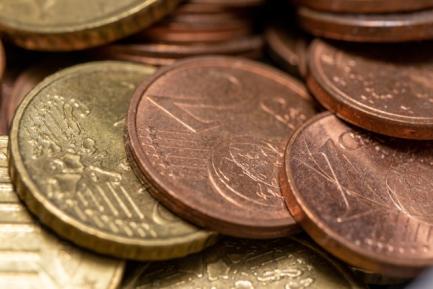
Pent-up demand: one of the main drivers of the economic recovery
Spanish households amassed significant savings in 2020 in the context of the COVID-19 pandemic. These savings will materialise in the form of consumption during 2021, making pent-up demand one of the drivers of the post-pandemic economic recovery.
How were these savings generated? As a result of a fall in consumption that was much greater than that of gross disposable income (GDI). In 2020, the former plummeted by 12%, mainly due to the inability to consume during the lockdown and the closure of establishments, whereas GDI fell by just 3.3%. The remarkable resilience shown by GDI in 2020 (in comparison, GDP fell by 10.8%) was largely due to the shock-absorbing effect of social benefits (see first chart). These trends have persisted so far this year, but the decline in both variables has moderated as activity has been revived.

What do the figures look like? Total gross household savings rose from 48 billion euros in 2019 to almost 109 billion in 2020, and we estimate that excess savings amounted to some 45 billion euros (4.0% of GDP).1 In Q1 2021, Spanish households saved 10.6% of their gross disposable income,2 which is higher than the pre-pandemic figure of around 6.0% but a far cry from the 25.7% peak reached in Q2 2020.
- 1We defined «excess savings» as the differential between the savings that occurred in 2020 and those that would have occurred if, with the gross disposable income observed in 2020, households had maintained the savings rate which we had projected before the pandemic for 2020.
- 2Quarterly static figure corrected for seasonality and calendar effects.

As the restrictions on mobility and activity have been eased, households have reactivated their levels of consumption and have reduced savings for precautionary reasons. In fact, the latest macroeconomic data show that consumption is experiencing a strong revival. GDP growth in Q2 2021 was driven almost entirely by the marked recovery in private consumption, which grew
by 6.6% quarter-on-quarter. Not only is this a very strong rate but it is also higher than the historical sensitivity to GDP would have suggested. This rally indicates a sharp reduction in the savings rate in Q2. Looking ahead, it should be borne in mind that private consumption is still 4.0% below the level of Q4 2019, so there is still room for significant growth rates over the coming quarters.
There are two factors which suggest that the support that pent-up savings provide for the economy will continue to grow; (i) Spain could be one of the developed countries where this support is greatest: as shown in the third chart, during the pandemic it registered one of the biggest savings rate increases in Europe and (ii) much of the savings have been concentrated in deposits (as opposed to being used to reduce debt). In particular, in 2020 the majority of savings were used to purchase financial assets (65%, largely deposits), while the portion allocated to investment (30%), mostly housing, and debt reduction (5%) were somewhat lower. However, the effect of pent-up demand could be mitigated both by the fact that some of the excess savings will be retained for precautionary reasons and, above all, if those savings have been concentrated among high earners, since high-income groups have a lower propensity for consumption than low-income groups.


All in all, the savings rate is likely to continue to decline during the course of the year – it could go from 14.7% in 2020 to levels well below 10% in 2021 – while the rebound in consumption, driven by this pent-up demand and the lifting of restrictions as the vaccination campaign is completed, looks set to be one of the pillars of the recovery. Not in vain, we expect the rebound in real private consumption in 2021 to be around 10% year-on-year (having fallen by 12.4% in 2020) and well over 4.5% in 2022.




